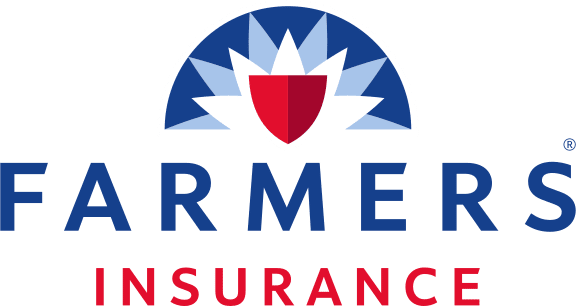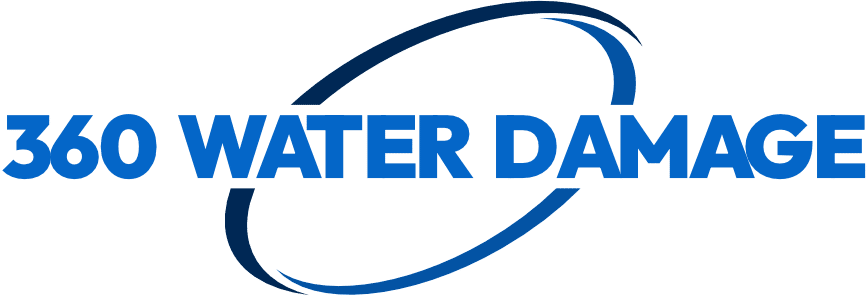Water Damage Inspection
Water damage inspections are a critical step in assessing the extent of damage caused by water intrusion, such as flooding, plumbing leaks, faulty appliances, or roof leaks. 360 Water Damage has certified professionals who have the expertise to identify the source of the water, assess the extent of the damage, and suggest appropriate restoration and repair strategies. Here are the key components of a water damage inspection process:
- Identify and Stop the Water Source: The first step is to identify and stop the source of water to prevent further damage. This involves checking for any contaminated water and taking necessary actions to mitigate it.
- Identify the Type of Water: 360 Water Damage inspectors categorize the water to determine the level of contamination and the specific restoration process required. There are three main categories of water:
- Category 1: Clean or sanitary water from sources like burst supply line pipes.
- Category 2: Water containing considerable contamination, like overflow from dishwashers.
- Category 3: Grossly contaminated water, such as sewage or flood waters.
- Survey the Extent of Water Damage and Safety Inspection: 360 Water Damage inspectors survey the damage and perform a safety inspection. This includes inspecting ceilings, insulation, ductwork, and other structural elements for water damage and potential safety hazards.
- Use of Moisture Detection Equipment: Moisture detectors, hygrometers, and moisture-meters are used to measure the level of water damage and classify it into different classes based on the extent of the affected area.
- Visual Documentation and Suggested Repairs: Detailed notes and visual evidence, including thermal imaging and moisture readings, are collected to create an accurate picture of the damage for insurance purposes and to estimate repair costs.
- Regular Inspections: It is recommended to have your home inspected for water damage at least once a year to catch any issues early on. Signs to look for include dampness, mold, and water stains.
- Comprehensive Assessment by Certified Specialists: A thorough water damage inspection should be conducted by 360 Water Damage certified specialists who can document the damage accurately and provide a comprehensive inspection report. This report is crucial for understanding the losses and filing insurance claims.
- Develop an Action Plan: The final step of the inspection is to outline a detailed action plan for restoration, which includes cleanup, water extraction, structural drying, and addressing any pre-existing, primary, or secondary damages like mold growth.
In summary, a professional water damage inspection conducted by 360 Water Damage is essential for identifying the cause of water damage, assessing its extent, and developing a plan for restoration and repairs. This process not only helps in efficient recovery but also ensures safety and helps in making informed decisions about necessary repairs and preventive measures.
We work with all insurance companies





Don’t Hesitate! Call Us Now For Service!
MINNEAPOLIS AREA
(952) 222-8044
HUTCHINSON AREA
(612) 470-7004
GRAND RAPIDS MN
(612) 470-7004
